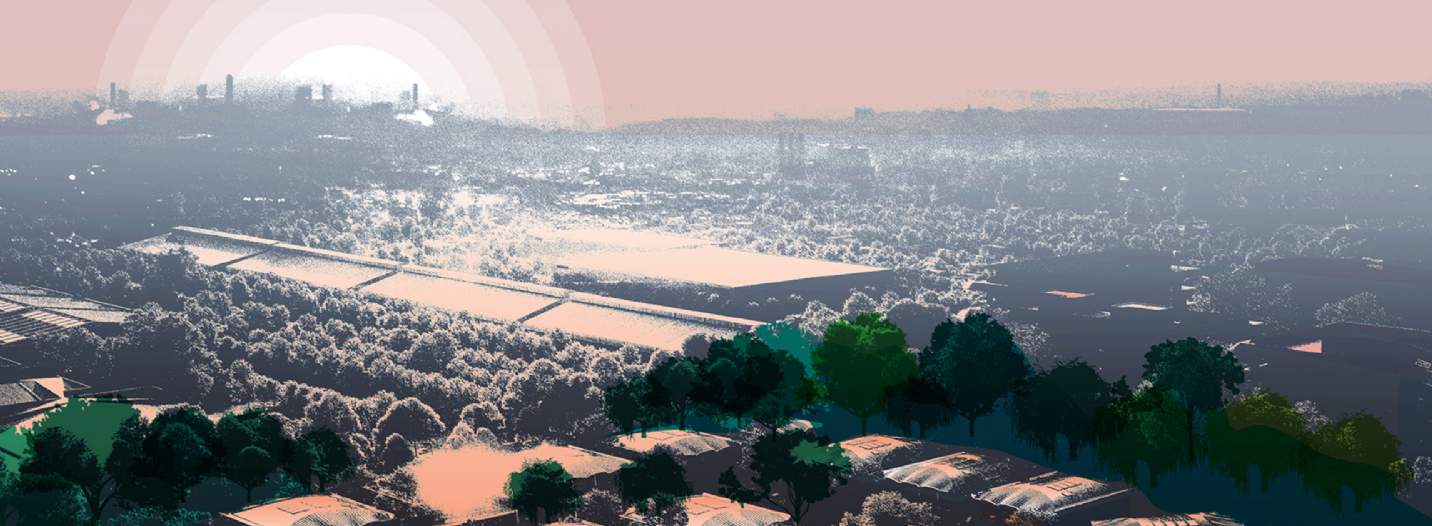The Asian Pacific: attracting global players and a true hotspot for branded residential schemes
Key players and trends
Accounting for 23% of the total global supply, Asia Pacific has become a hotspot for branded residences since the opening of the first branded scheme in the region in 1988. Branded residences as a sector of global residential property has expanded exponentially over the past decade. As at mid-year 2023, there are more than 150 completed schemes across the Asia Pacific region, with more than 150 additional schemes in the pipeline. Whilst this growth potential may seem stratospheric, it is in line with historical trends. Over the past decade, branded residences schemes have increased by over 160%.
For non-hotel and hotel brands, there are compelling value propositions for developing branded residential schemes across Asia Pacific. Within city hubs, branded schemes may operate as primary residences for the growing numbers of high-net-worth individuals and families in the region. Branded residences schemes in these city locations will also likely serve a second home or trophy asset purpose, similar to the phenomenon observed in other global regions.
Currently, Four Seasons features the largest number of completed schemes for a hotel brand in Asia Pacific, with more than ten locations across the region. Growth from Banyan Tree over the pipeline period to 2030 will push the brand into first place by number of schemes. Of the top five hotel brands across the Asia Pacific region, Cassia has the strongest pipeline growth, increasing from two to ten schemes by 2030.
For non-hotel brands, YOO brands, YOO inspired by Starck and YOO Studio, claim first and third place, with ten and six completed schemes, respectively. In contrast to hotel brands, most non-hotel brands have fewer than ten schemes in operation globally. Non-hotel brands tend to emphasise their differences from hotels by focusing much more on integrating elements of their specific brand through product and design.
Parent companies and parent groups, with large numbers of brands under their umbrellas, continue to compete for brand recognition and market share both in Asia Pacific and globally. Banyan Tree and YOO lead by number of completed schemes, with 21 and 20 schemes, respectively. However, significant growth from Accor will propel this parent company into second place in Asia Pacific following its growth of over 300% during the forecast period to 2030.
Branded residences hotspots
As the sector continues to grow, the number of locations where branded residential schemes can be found are growing too. Schemes across Asia Pacific tend to be found in resort locations. But some city locations have schemes that operate as primary homes for the growing numbers of HNWIs in these locations. Phuket leads the region both for number of completed schemes and number of schemes in the pipeline, which will bring Phuket to over 40 completed schemes by the end of the pipeline period to 2030. Other leading markets for branded residences across the region include Da Nang, Bangkok, Kuala Lumpur, and Manila, with other hotspots expected to emerge as the sector continues to expand.
Price premiums
Premium pricing is often associated with branded residences worldwide. The associations of quality, service, and luxury which accompany brand affiliation can encourage premium pricing compared to other comparable non-branded stock in the market. Analysis of a sample of markets demonstrates that the global premium stands at an average of 30% on an unweighted basis; however, premiums do vary significantly depending on location, brand, and type of branded residential scheme. For schemes in Asia Pacific, with branded residences serving multiple purposes and encompassing chain scales from luxury to midscale, certain schemes achieve lower premiums compared to the global average.
Outlook
Branded residential schemes are forecast to continue their growth worldwide; however, there are hotspots which are expected to exhibit significantly higher growth than other metros by 2030. There is substantial growth in emerging markets, such as Vietnam, Thailand, and the Philippines. In addition to becoming global hotspots for second homes, increasing numbers of domestic wealthy people will also increase demand for branded residential schemes. The diversity of branded residential schemes, in terms of location, type, brand, and design, continues to be a strong selling point for this unique property type. This diversity, along with the trust and confidence associated with quality assurance, exclusivity, and security will all contribute to sustaining this sector and maintaining its impressive branded residential trajectory year after year, after year.
For more detail on the global branded residences environment and to read our Developer Roundtable, please see our main publication:
Spotlight: Branded Residences 2023
Spotlight: Branded Residences – EMEA
Spotlight: Branded Residences – Americas
